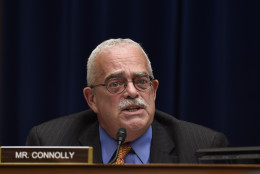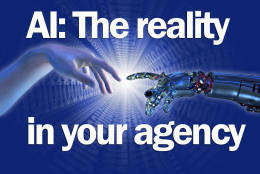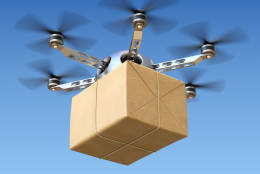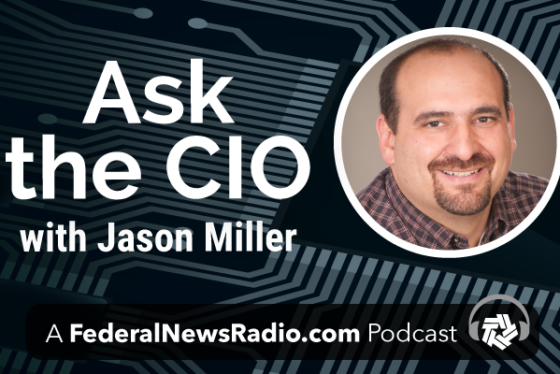Technology
-
Sylvia Burns, the Interior Department’s chief information officer, said her team responded aggressively over the last 18 months to improve the agency’s cybersecurity posture, including using two-factor authentication for computer access.
December 08, 2016 -
Unified communications involves making sure everyone gets the message, no matter how it was sent. At the National Institutes of Health, it means combining phone, video, text and more to link doctors, administrators, researchers and patients with each other and outside organizations like universities.
December 08, 2016 -
Humans are the weakest link in cybersecurity, but a multilayered security approach could help that.
December 07, 2016 -
The federal government has a growing backlog of unawarded contracts. Information technology represents the lion's share of the potential business.
December 07, 2016 -
The House Oversight and Government Reform Committee released its third report card on agency progress in implementing the Federal IT Acquisition Reform Act (FITARA) and found 12 improved their grades, 11 stayed the same and one dropped.
December 07, 2016 -
Federal agencies are using artificial intelligence to do everything from cataloging milk prices to monitoring immigration status. Department leaders say the technology helps cut costs and improve accuracy, but machines are also impacting the human workforce.
December 07, 2016 -
Roper Technologies is buying the federal market research and government contractor software firm from private equity firm Thoma Bravo.
December 06, 2016 -
The U.S. Postal Service wants to jump on the drone delivery bandwagon, but the American people are not entirely sure about the idea just yet.
December 06, 2016









